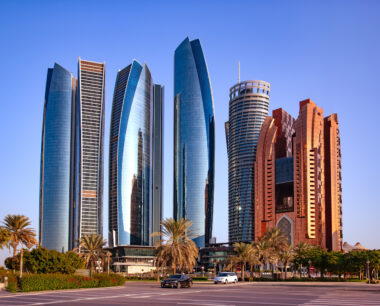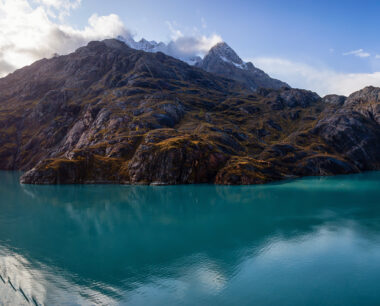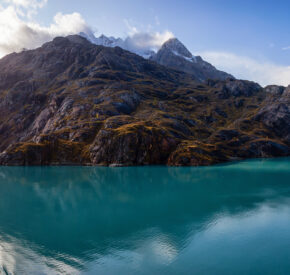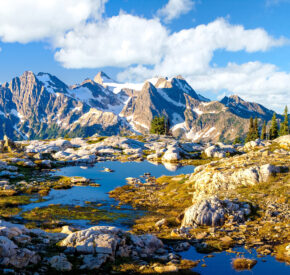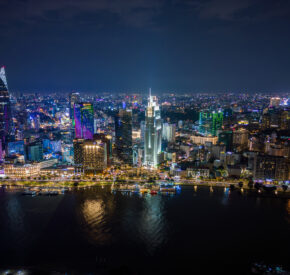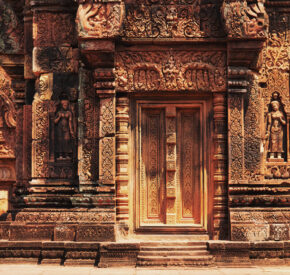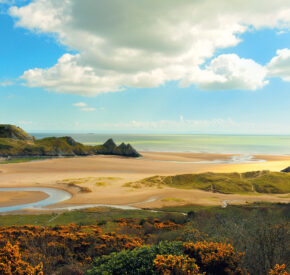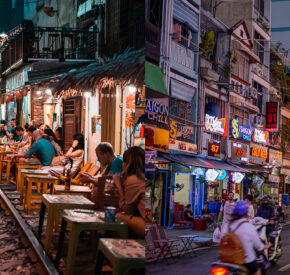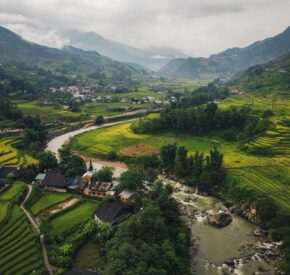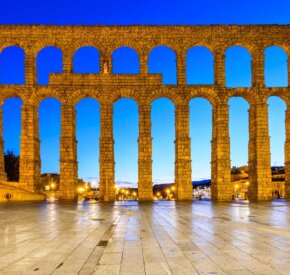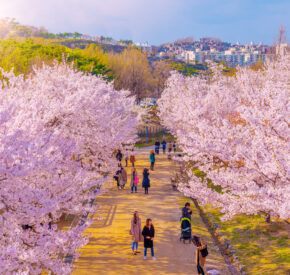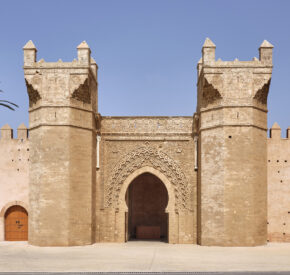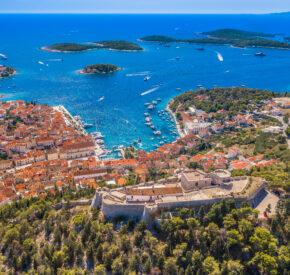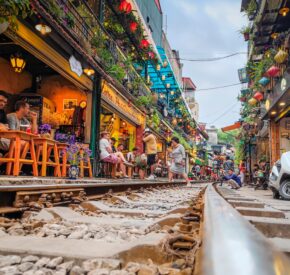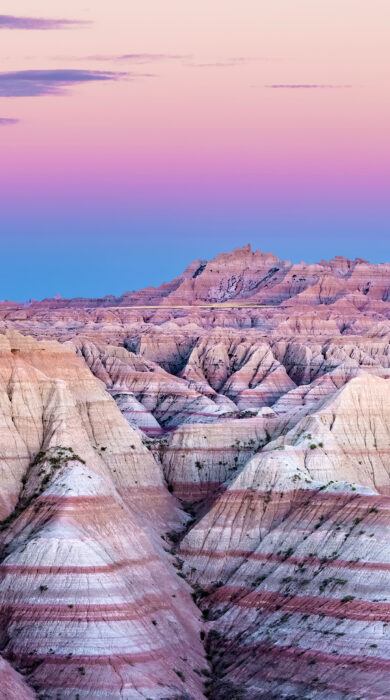
The Mount Rushmore State: 5 top things to do in South Dakota
Road trip through this Western state to discover rippling badlands, Indigenous heritage sites and Gold Rush history…
Many travellers might see wild and rugged South Dakota as something of an enigma. But the state’s underrated national parks, rich Indigenous culture and Gold Rush history make for an absorbing trip. Venture west (perhaps on a road trip combining neighbouring North Dakota and/or Wyoming) to find rippling badlands, iconic mountain sculptures and surprising cities surrounded by the wild.
This year the state celebrates 100 years since its most iconic monument – Mount Rushmore – was designated a national memorial site, while it’s been 60 years since the very first ‘Buffalo Roundup’ in Custer State Park too. Here’s why you should visit the Mount Rushmore State in 2025.
1. Explore the Black Hills
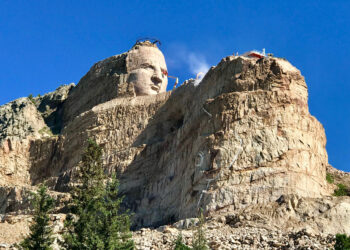
The granite spires and valleys of the Black Hills have long been sacred to the region’s Indigenous peoples, which include the Sioux tribe. Today a road-trip through the area offers the chance to dive into this Native history and also see one of the USA’s most recognised monuments. Mount Rushmore National Memorial – which depicts four of America’s key presidents – is South Dakota’s most famous landmark. The giant granite faces of George Washington, Thomas Jefferson, Abraham Lincoln and Theodore Roosevelt, designed by Gutzon Borglum and finished in 1941, are certainly quite a sight. This year, the site marks 100 years since it was designated a national memorial (before construction even began) and there will be special events and talks at the park – check the NPS website for updates.
However, the spiritual importance of the Black Hills to the region’s Native peoples means the monument has long been contentious. Learn more at the Crazy Horse Memorial site, less than 30 km to the west. This ambitious project involves the construction of what will be the world’s largest mountain sculpture upon completion – a giant effigy of the Native Lakota hero Crazy Horse. Make time to explore the onsite Indian Museum of North America, which contains hundreds of artefacts telling the story of the USA’s tribal nations, from a flag collection to regalia.
Excursions run by Lakota-owned Tatanka Rez Tourz (tatankareztourz.com) also reveal the Black Hills’ natural landmarks and cultural history, and include time exploring the Pine Ridge Reservation too.
Just a short drive away, Custer State Park is another jewel of the region. Hike and bike amid the granite bluffs and mountain lakes, or time your trip for the annual Buffalo Roundup, which sees the park’s 1,300-plus bison herded through the wilderness. The event is sure to be extra special this year, as it celebrates its 60th anniversary.
2. Learn about ancient and modern wildlife in Badlands National Park
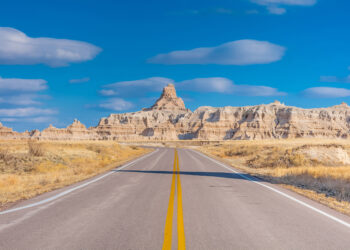
Western South Dakota is characterised by rippling badlands and a great swathe of them are protected by Badlands National Park. The park’s striking geological formations provide more than photo opportunities too – they’re rich in fossils that reveal secrets about the creatures that once roamed here (everything from camel-like creatures to ancient rhinos). Hike through the park keeping your eyes peeled for modern-day wildlife including bighorn sheep, bison and prairie dogs.
Other popular activities include driving the North Unit’s Badlands Loop Road, which is studded with trailheads and overlooks, and taking in the star-spangled night skies through a telescope during a dedicated ranger programme.
3. Find urban delights in Pierre and Sioux Falls
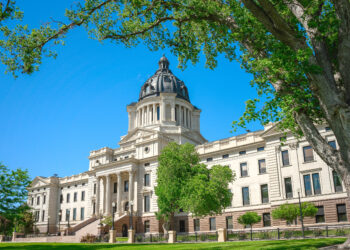
In a state best known for its natural wonders, capital Pierre offers a dose of culture. Currently undergoing renovations (and set to reopen in summer 2025), the South Dakota Cultural Heritage Center takes a deep-dive into the state’s history and contemporary culture. Come by to pore over everything from historic weaponry to traditional Lakota clothing as you piece together South Dakota’s story. You can also explore the South Dakota State Capitol: the Neoclassical building, with its striking columns and stained glass, dates back to 1910 and tours offer a lesson in South Dakota history.
Some 360 km east, Sioux Falls is the state’s largest city and it has cultural attractions befitting its size – home of the South Dakota Symphony Orchestra, and showcasing replicas of Michelangelo’s famous David and Moses sculptures downtown. The state’s largest art museum, the Sioux Falls’ Visual Arts Center, spotlights local creators and especially Indigenous artists from the Northern Great Plains. The city also offers easy access to the outdoors, with Falls Park, a cascade-filled park just north of the centre, and the chance to paddle on the Big Sioux River.
4. Tour Wind Cave National Park
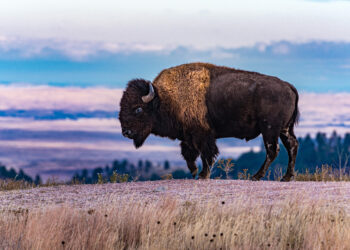
Potentially one of the most underrated national parks in the system, Wind Cave spreads out in the far southwest of the state. As its name suggests, the park’s prize attraction is the vast and labyrinthine cave system that spreads out beneath the ground and had its beginnings more than 300 million years ago. Ranger-led cave tours take visitors into chambers and passageways filled with stalagmites and stalactites and reveal fascinating geological facts alongside the caves’ human history. There’s plenty to explore above the ground too. Hiking trails wiggle across bison-grazed prairie grasslands, through ponderosa forests and past craggy rock formations.
5. Discover Gold Rush history in Deadwood
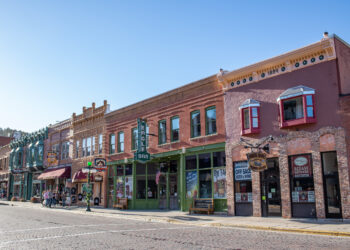
A true Wild West town, Deadwood bloomed in the 1870s after gold was discovered in the Black Hills and became a stomping ground for famous frontierspeople such as Calamity Jane and Wild Bill Hickcok. More than 150 years later, the town retells this Gold Rush history through quirky museums and reenactments – and while it’s a little kitsch at times, there are genuine golden nuggets of history to be found. Take a tour of the Broken Boot Gold Mine and learn about the arduous life of a miner, and pay a visit to the Mount Moriah Cemetery, where some of the West’s most legendary figures are laid to rest.




